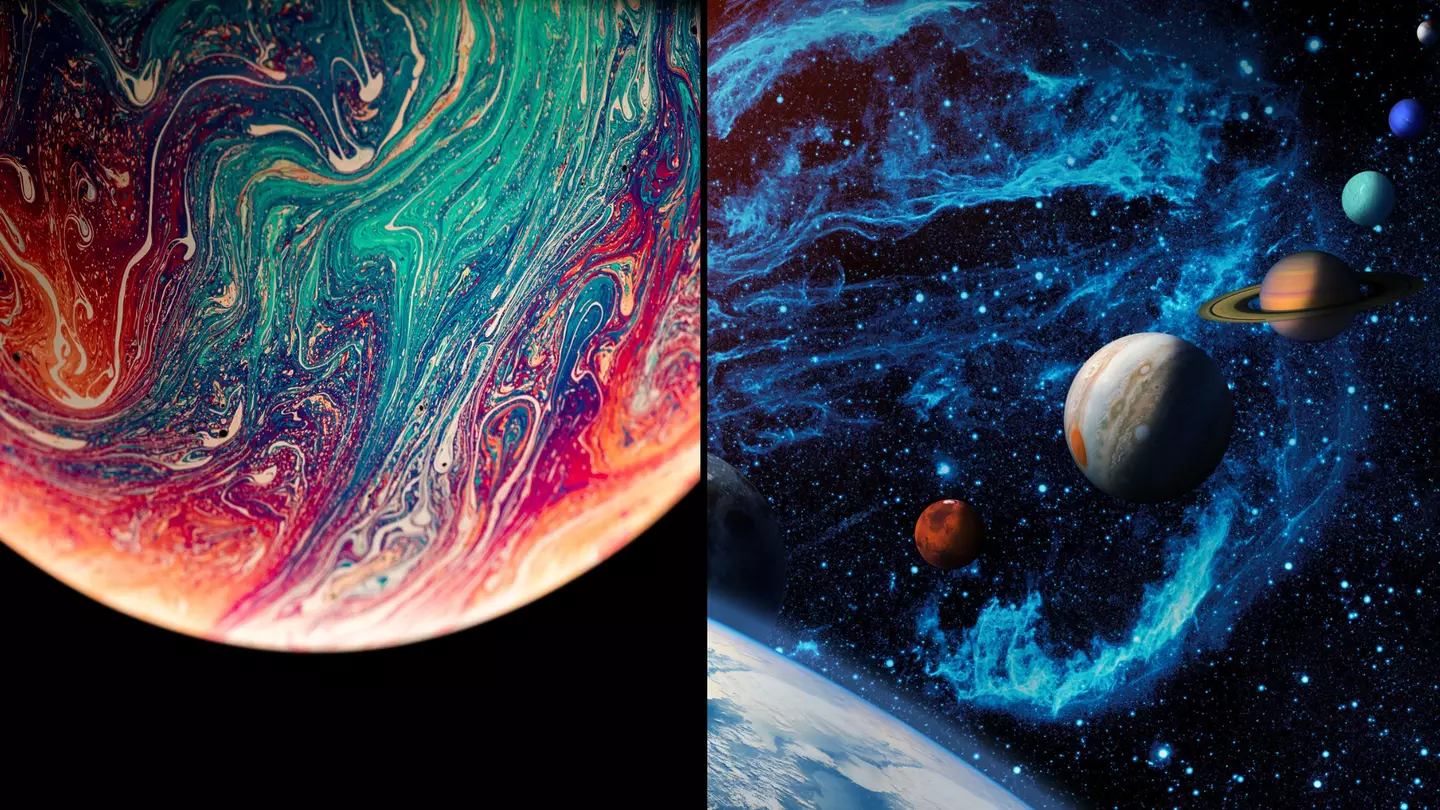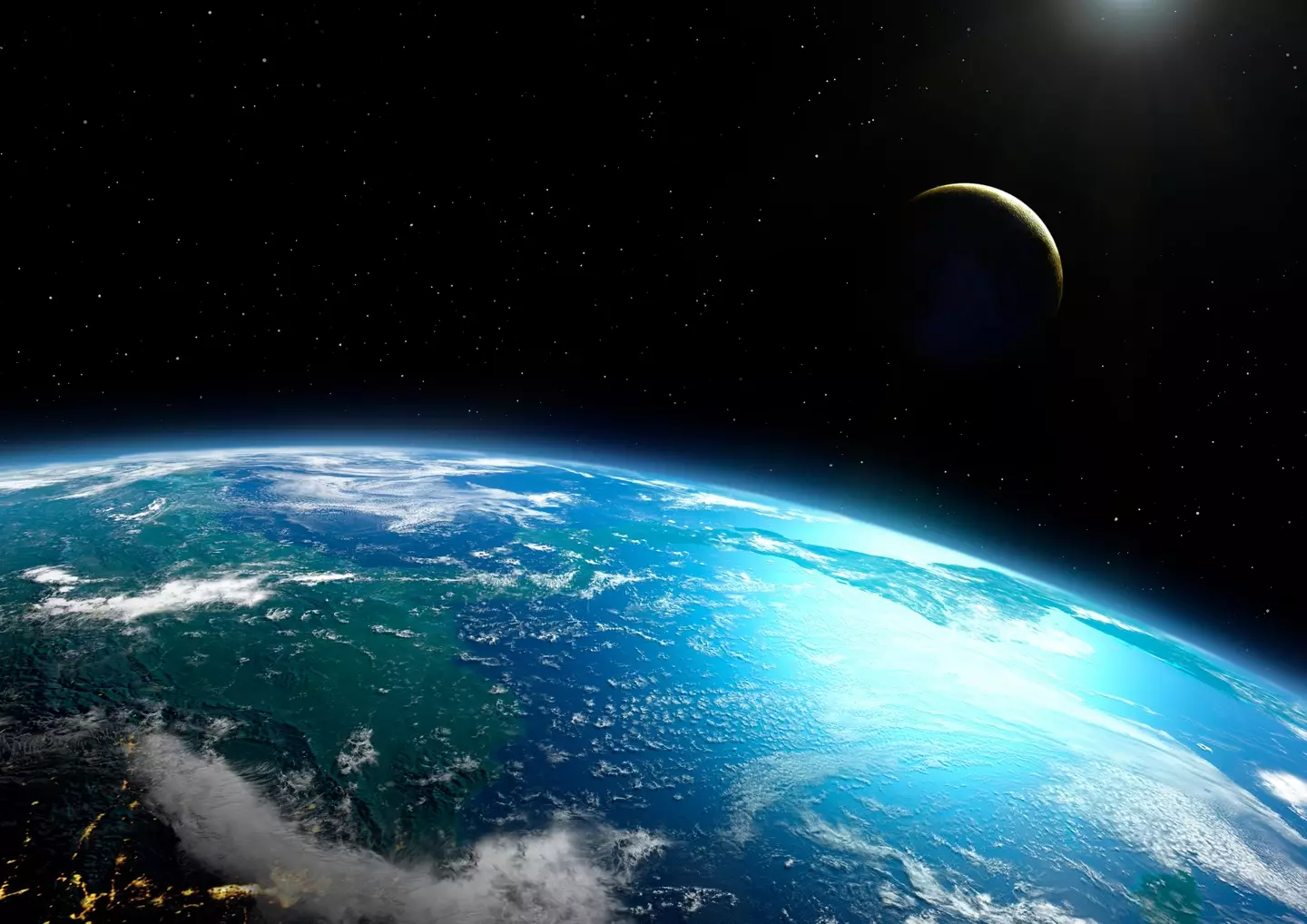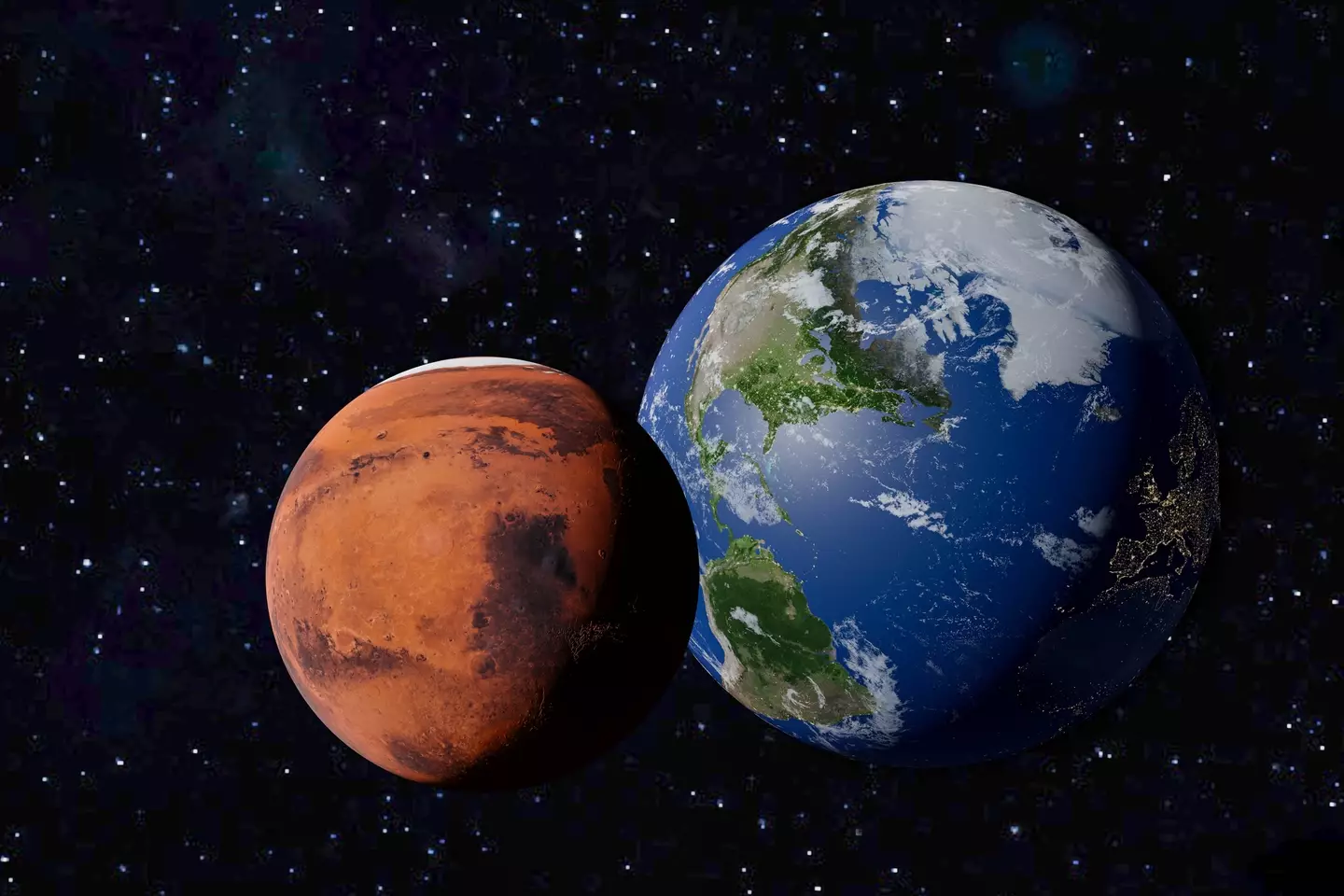
Scientists think they've found evidence that there's a planet hidden in our solar system.
In fact, new research is said to be 'the strongest statistical evidence yet' that the planet - which is being called 'Planet Nine' - does actually exist.
Astronomer Konstantin Bogytin, says he and his team have found more evidence that suggests the planet could be out there.
In the new findings, scientists examined a series of what they call trans-Neptunian objects, which refers to objects that are located at the edge of the solar system and beyond Neptune.
Advert
For some time, scientists have believed there could be a hidden planet due to unusual behaviour on the edge of the solar system.
Astronomers believe that this behaviour can be explained by another planet, which is exactly what Bogytin thinks, too.
Research by physicists, which has been published in The Astronomical Journal, found that objects in the Kuiper Belt - a disk of materials such as asteroids and rocks - behave in a way which would indicate the existence of a small planet among them.

Some of the objects were found to have strange orbiting habits, suggesting that they are being pulled by the gravity of a cosmic entity much larger than those that typically occur.
Advert
In their study, researchers wrote: "We predict the existence of an Earth-like planet. It is plausible that a primordial planetary body could survive in the distant Kuiper Belt as a Kuiper Belt planet (KBP), as many such bodies existed in the early solar system."
Bogytin's team carried out some simulations to see how the objects were impacted by a variety of different factors surrounding them.
While there were other explanations for the unusual behaviour, Bogytin says the best explanation came from a simulation that included Planet Nine.
And there may be another breakthrough on the horizon, too.

Once the Vera C Rubin Observatory is turned on, which is being built in Chile, scientists will be able to scan the sky more effectively, which in turn will lead to a better understanding of the objects' behaviour.
Advert
“This upcoming phase of exploration promises to provide critical insights into the mysteries of our solar system’s outer reaches,” the team wrote.
If the planet does exist, researchers have said it would have triple the mass of Earth.
They have also predicted that the planet's orbit would likely place it between 250 and 500 AU from the Sun.
Featured Image Credit: Getty Stock Photos